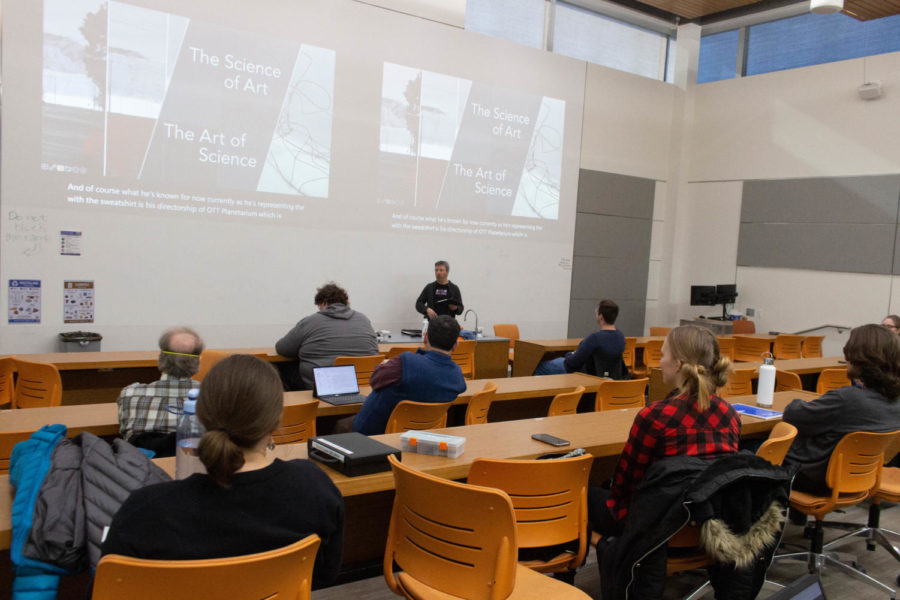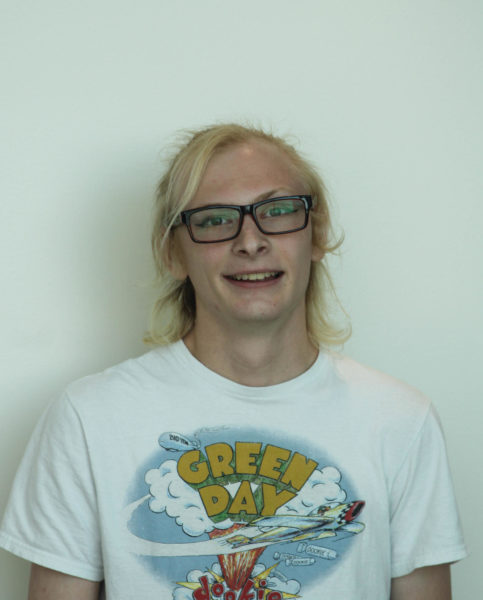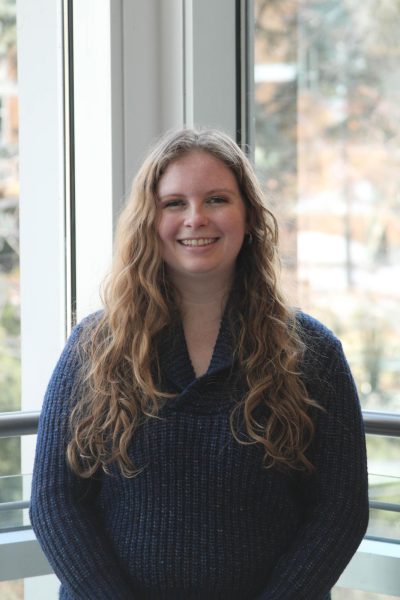The art of the matter
John Armstrong, a professor of astronomy and physics and the director of Ott Planetarium, discussed the differences and similarities between learning physics and learning the arts in a physics seminar on Feb. 1.
At the start of the pandemic, Armstrong had no academic interest in art, but decided to take a few classes.
“I’m impressed with our art program and that they were willing to take me as a student,“ Armstrong said.
As the director of the Ott Planetarium, Armstrong chose to take graphic design and video editing online because those would help with the planetarium.
“I just wanted to know what it was like to take a class online,” Armstrong said. ”That kind of morphed into, ‘What does it take to get a degree today?’”
Armstrong found it fascinating that in order to declare your major as art, students needed to earn at least a B- in three classes: visual studies; surface, shape and form; and material, space and time.
Armstrong shared a rhetoric about art he had heard, saying, “Even a fourth-grader could make modern art because it is just a perfect square on canvas.” This rhetoric doesn’t make sense to him because he believes there is more to making a piece of art like that, like how the artist must practice in order to get crisp lines while painting.
One of the projects Armstrong did during his online classes was study a chair and then recreate that chair. Armstrong drew a connection between drawing and analyzing that chair and the perspective change that can occur after spending time in science.
In Armstrong’s current advanced lab class, he is using a method to apply soldering paste similar to using linocuts. Linocuts are a style of relief printmaking where artists take a piece of linoleum, cut the shape needed out and slide the ink across to create the desired design.
Another method Armstrong learned was lost-wax metal casting, which archeologists have found evidence of being performed back in Pompeii.
“My favorite part was being in classes with students I have had as students before now as my peers and seeing them succeed in a field they enjoy compared to the struggles they had in astrology,” Armstrong said.














